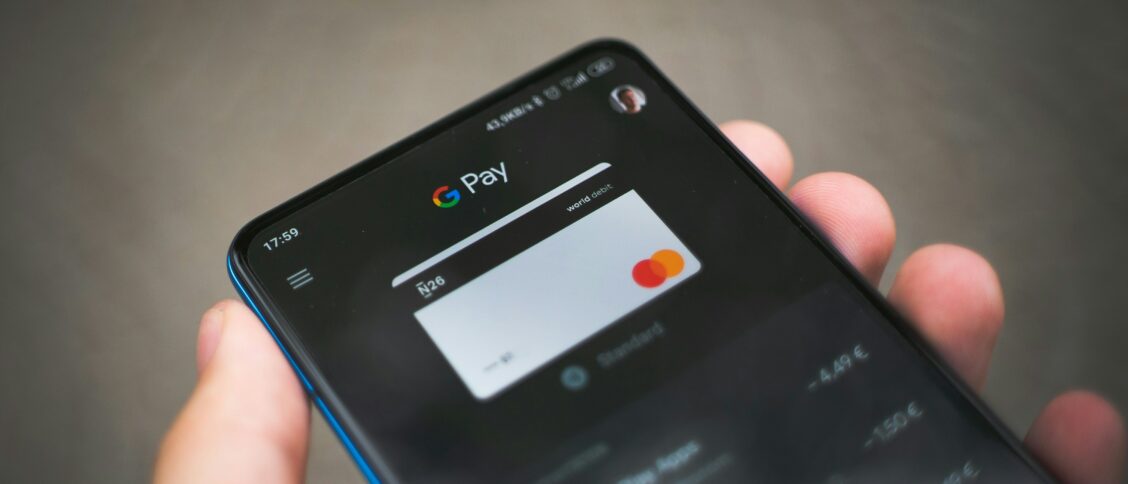Building a website is one thing, but integrating card payments is quite another. Most amateurs can set up a website in a couple of days using modern tools, but creating and managing payment portals is more challenging.
The reason for this has to do with the nature of these systems. Payment processing portals have to be secure to serve their purpose. If hackers can breach them, then they lose their value, and nobody will use them. As such, they have to be airtight, meaning they interface with other software in strange and sometimes surprising ways.
So how do you integrate card payments into your website? Here are some general principles that we follow and you should, too.
Choose A Payment Gateway
The first pit stop is to choose a payment gateway. Obviously, you won’t be able to build one from scratch, but you can use a payment processing developer kit to customize the experience. The most popular gateways are Braintree, Square, PayPal, and Stripe. Companies use these to make it straightforward for their customers to click and purchase items on their sites without having to do too much backend work.
These payment gateways differ from each other substantially. Transaction fees vary and some may not be supported in specific geographies, including India.
Create Your Account
Once you choose a suitable payment gateway, the next step is to set up your account. To do this, you’ll need a merchant bank account.
Setting up a merchant account is usually straightforward. However, some banks will refuse permission depending on what you sell if they think there’s a risk of customers trying to claw back their money because of shoddy or deceptive services.
Creating your account should only take a few minutes. Most banks only require basic details. The process is often quicker if you already have a relationship with the merchant bank.
Get Your API Keys
The next step is to get your API keys. You will need these if you are going to manually integrate the payment gateway with your website.
You will want two of these keys. The first is the public one for the client-side part of the payment process. The second is a secret server-side key. Nobody should have access to this raw information to keep payment processing safe.
Once you have the API key, you are ready to implement the payment gateway on the client side. Most systems work like other widgets where you embed code on your website to create boxes and forms users can use to enter their payment details.
Implement Handling Logic
Once the payment gateway is in place, the next step is to check all your handling logic makes sense. You will need to configure the responses users get if payments are successful, fail, or invalid.
Spend some time thinking about how to best present these as it can impact your conversion rates. Ideally, you’d like all payments to go through the first time around, but that doesn’t always happen. Users make mistakes. Therefore, you’ll want to ensure you nudge users in a friendly way to complete forms in the proper way to make valid payments. Enable things like autofill and one-touch payments to reduce friction and barriers to sales.
Put Security Measures In Place
The next step is to put various security measures in place. Sites should be using HTTPS data encryption during the transmission of sensitive information, like credit card details. Stores should comply with PCI DSS protocols to ensure that hackers can’t obtain information.
Test Transactions
The next step is to test transactions to see whether they work with real bank accounts. Order items on your site and then wait to see whether money enters your account.
This process can take a little while if payment processing is slow, so you might want to do it in the early morning. If money isn’t in your account after 48 hours, there’s likely a problem.
If you aren’t sure where the problem lies, speak to a professional. Numerous services help get payment systems online and enable you to start making sales.
Use Webhooks
You should also implement webhooks on the payment gateway. These tell you if a payment is unsuccessful or whether you have a chargeback.
Collecting this information enables you to track the performance of your payment gateway over time. You can then measure the adjustments you make to see which approaches work best for you.
Hone The User Experience
Finally, you’ll want to hone the user experience by providing clear instructions when they are making their payments. Make it clear-cut what they should do with instructions or tool tips.





